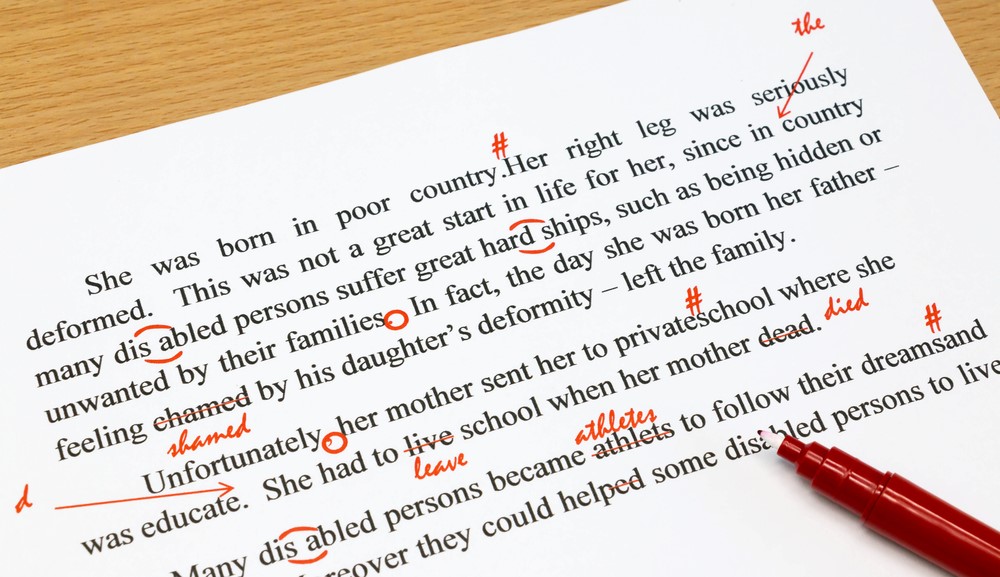By the beginning of March, most authors have given up on their New Year’s resolutions to write a book and publish their own book. Maybe you don’t think you have enough time, or that things have gotten too hectic at home or work, etc., but these are just excuses. Maybe the real reason that you have given up is that the goals you set for yourself were not realistic in the first place. How do you set realistic writing goals for your book? Getting answers to the following questions is an excellent place to start.

1–Who Are You Writing For?
Figuring out who the audience is for your work can help you focus and identify what kind of information the audience is looking for (non-fiction) or what the reader expects to see (fiction). Thinking about every aspect of your ideal reader is essential. Here are a few things to think about when identifying the audience for your book:
- Age
- Gender
- Education level
- Hobbies and personal interests
- Favorite books and authors
- Occupation/Income Level
Even if you are not sure who your ideal reader might be, take a guess—the more specific your ideal reader profile, the better. You can always refine your description as you write.
2–Why Are You Writing the Book?
This is a question that is often overlooked when beginning the writing process. Still, it is crucial because it closely ties to your motivation and the objectives you want to accomplish by writing the book. Here are a few examples of reasons:
- For your personal satisfaction
- To create a family history for a small group of family and friends
- To share an account of your personal experiences so that others may learn from them
- To reach #1 on the New York Times Bestsellers List
- To share your knowledge and build a platform for the professional speaking circuit
The reasons are as unique as each individual starting out on their book-writing journey.
3–What Critical Information Should Be Included in the Book?
For non-fiction books, this is easy. If you have a clear idea of what your project is about, you will probably know what questions need to be answered by your book. You will know the people, the places, or events involved with the book’s subject. You may also need to research specific information to help support the overall thesis of the book.
For fiction, this is a bit more subjective. But readers, especially readers of genre fiction, have certain expectations when it comes to story. Readers of science-fiction novels expect futuristic technology, aliens, robots, and spaceships in the story. Many types of romances need to include a “happily-ever-after” ending. For fiction, a lot of this information depends on the specific type of fiction you are writing. Read several books similar to the kind of book you want to write to identify these expectations.
4–How Much Time Can You Devote Toward Writing Your Book?
This is extremely important and one of the questions that writers often fail to answer realistically. It is unrealistic to say that you can write four hours a day, seven days a week, if you have a full-time job, four kids, and two dogs. But you may be able to dedicate 15 to 30 minutes each day for your writing project.
Another approach is to ask yourself: “What am I willing to give up to write this book?” This might mean giving up your nightly Netflix watching or reducing the amount of time you spend socializing with friends, on social media, or aimlessly surfing the Web. In order to take your writing seriously, you will need to make sacrifices to do so. If you are not willing to make these sacrifices, you may not be serious about writing a book.
Answer These Questions at the Beginning of Your Writing Process
Spending 15 minutes freewriting answers to each question is a great way at the start of your writing project to focus on it and give you direction on what goals you need to meet to finish your book. Getting this information down on the page is one way to clearly define what you want to write about and make your writing goals realistic and achievable.
Allow InstantPublisher to Publish Your Book Today!
Once you have written your book, reach out to us. We are a full-service self-publishing book printer, and we also provide a variety of publishing support services such as book manuscript formatting, custom book cover design, and bookbinding. For more information, call 1-800-259-2592, fill out our online contact form, or send an email to questions@instantpublisher.com.


